When visitors walk into the Pantheon in Rome and encounter its colossal dome, they may experience the same theatricality as its guests nearly 2,000 years ago.
"Anyone who steps inside the Pantheon immediately feels the crushing weight of human history, but also the incredible lightness of human creativity," said John Ochsendorf, professor of architecture at MIT and former director of the American Academy in Rome.
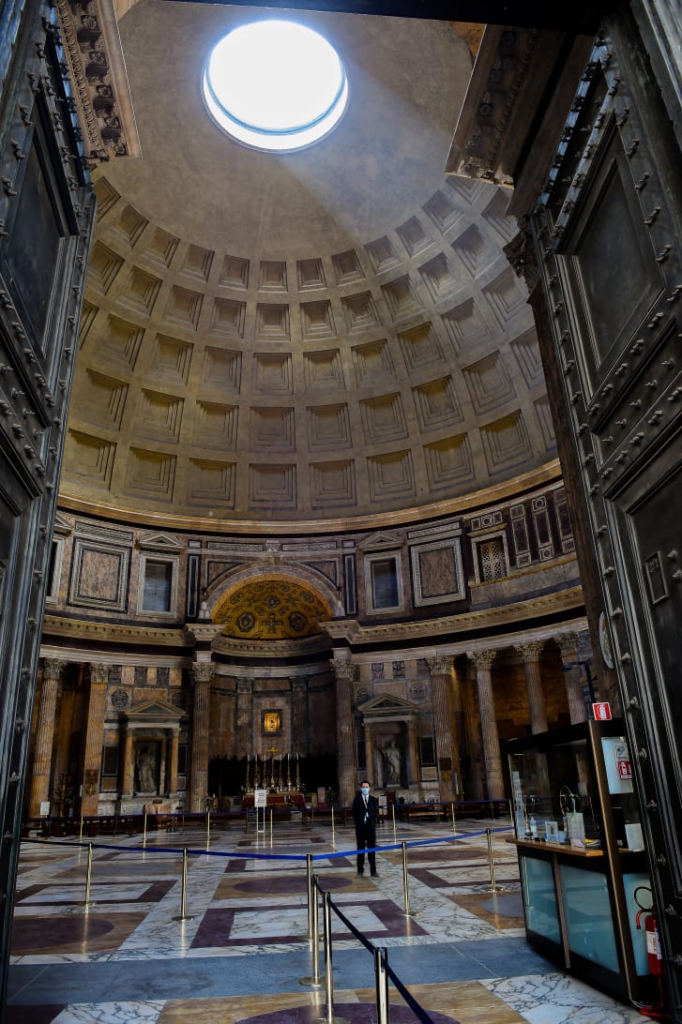
"You come into this grand space and you look up and you see the sky or a passing cloud. And you think: 'How could they have done this nearly two millennia ago?'
"The Pantheon is the oldest building in the world that's still in use today. Since the 7th century, it has been a Roman Catholic church.
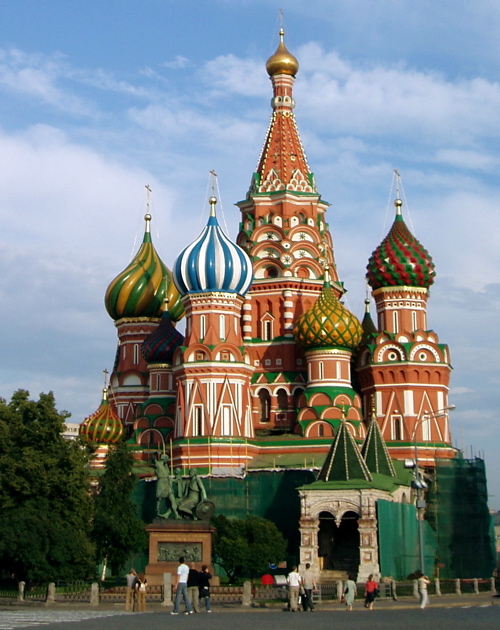
Built around 125 A.D. by the Roman emperor Publius Aelius Hadrianus, it was actually the third iteration of the structure. The first Pantheon caught fire around 80 A.D. and was rebuilt shortly after, but it was struck by lightning and burned down again around 110 A.D.
The buildings' ill fate led to rumors that the Pantheon was cursed.The facade of the completed structure riffed on ancient Greek motifs, with a portico entrance featuring a pediment -- a triangular top -- and two rows of Corinthian columns.
The interior was sweeping and airy, capped by a dome that to this day -- is still the largest unsupported concrete dome in the world.
What was it used for?
Pantheon means "all gods," and though it's commonly thought the structure was a site of worship dedicated to Roman deities, its original purpose is actually unknown.
With scant mentions of it in Ancient texts, historians have been left somewhat in the dark.
Though it could be a temple, Roman buildings were typically multi-purpose structures, said Lynne Lancaster, an architectural historian and humanities educator. "And so what actually went on in the Pantheon is hard to say."
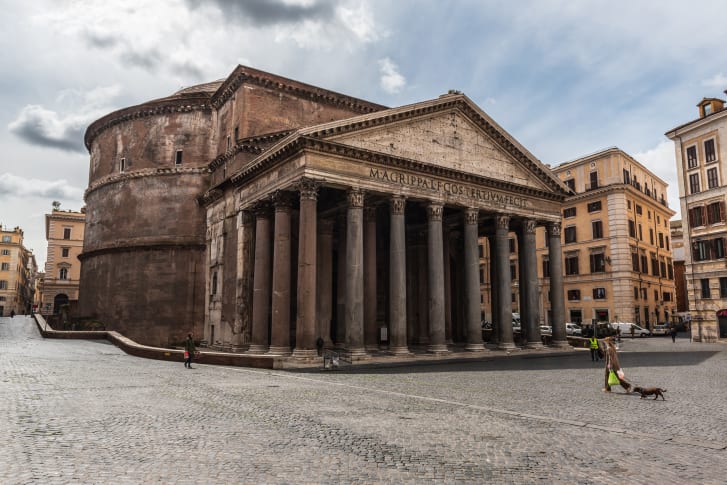
Legends say it's the very site where Rome's founder, Romulus, ascended to heaven.
Others believe the Pantheon was where the Roman emperor could communicate with the gods.
Whatever the case, like many Roman architectural feats, the imposing structure was a show of might, an "important symbol of imperial power," said Luca Mercuri, the Pantheon's current director.
Indeed, Roman architecture of the time embodied wealth, strength and dignity.
Centuries later, Neoclassical architects would reference the Pantheon's portico and dome combination to imbue their buildings with those same values, from the US Capitol in Washington, DC., to the Somerset House in London.
How was it built?
The Pantheon was an architectural marvel of the Roman Empire.The oculus -- Latin for "eye" -- stretches 30 feet across, opening the structure to the heavens. The sun beams through the oculus, and when it storms, the rain comes down like a waterfall into the interior.
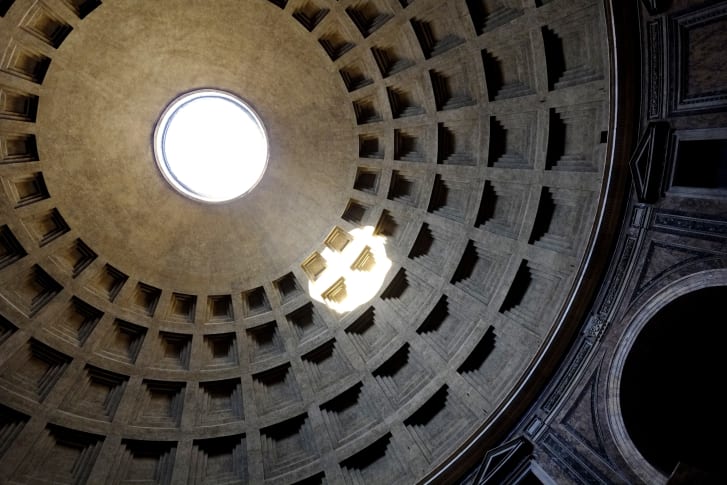
"The oculus at the center seemed to tempt fate and leave (the Pantheon) open to the sky," said Ochsendorf.
"But it also showed a mastery of geometry and construction -- that they could build domes on that scale and leave an oculus open at the center, in a way (that was) almost showing off."
During the Middle Ages, religious leaders, who were incredulous of the feat, cast doubt on the holiness of the Pantheon, believing it to be the work of the devil.But it wasn't Satan; it was engineering.
Though white, yellow, purple and black marble was imported from around the Mediterranean, it was concrete -- a Roman invention -- that allowed architects to do away with load-bearing columns and introduce spacious domes.
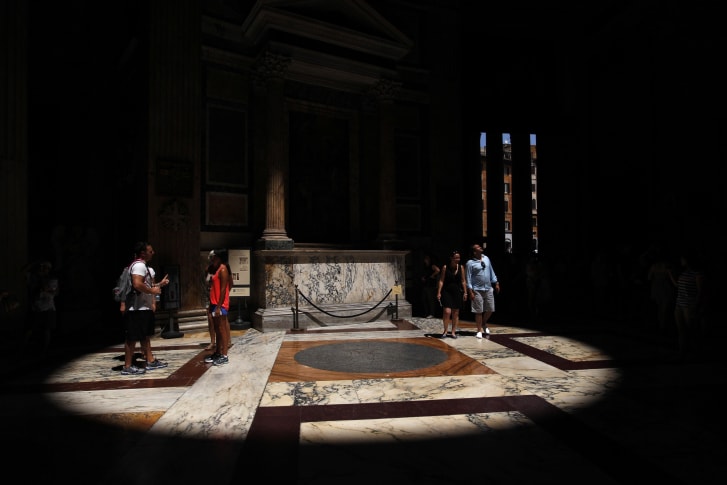
One trick to make a large dome stable was to use progressively lighter stone in the concrete mix as it reached the top. Heavy brick could be used at the base, with spongy, light volcanic rock around the oculus.
Though the Pantheon has revealed some of its design secrets, Lancaster said she still finds magic in the details. As the day progresses, the sun flickers around the dome's interior, casting light over its sunken grid like a giant sundial.
"It's one of the few places in the world (where) you can actually watch the Earth turn."
Latest Stories
-
Bawumia supports Muslim community with over 3,000 bags of rice during Eid ul Fitr
21 minutes -
“I Love You” may fuel domestic abuse in Ghana, KNUST researcher argues in new study
35 minutes -
Today’s Front pages: Wednesday, April 2, 2025
57 minutes -
AG engaging media on fight against corruption not wrong – Dr Osae Kwapong
1 hour -
Ntim Fordjour demands accountability for missing ECG containers amid National Security evacuation
1 hour -
Roads Minister orders commencement of works on Ashaiman-Afienya and Tema Motorway-Dawhenya stretches
1 hour -
Real Madrid reach Copa del Rey final after 8-goal extra-time thriller
1 hour -
Ports and pots: Vessels of trade, culture, and survival; a metaphorical and strategic exploration
1 hour -
Let’s be careful CJ’s removal process doesn’t become a political tool – Dr Osae Kwapong
1 hour -
We have not received complaints about politicians being involved in galamsey – EPA boss
1 hour -
GhIE holds closing banquet & Engineering Excellence Awards
2 hours -
Government enacts landmark Public Financial Management Act to enhance fiscal discipline
2 hours -
Ghana Italian Women and Men Association donates over 2,000 furniture to schools
2 hours -
Ghana enacts Public Financial Management Act to enhance fiscal discipline
2 hours -
Expanding Ghana’s healthcare market: the rise of medical tourism
2 hours

